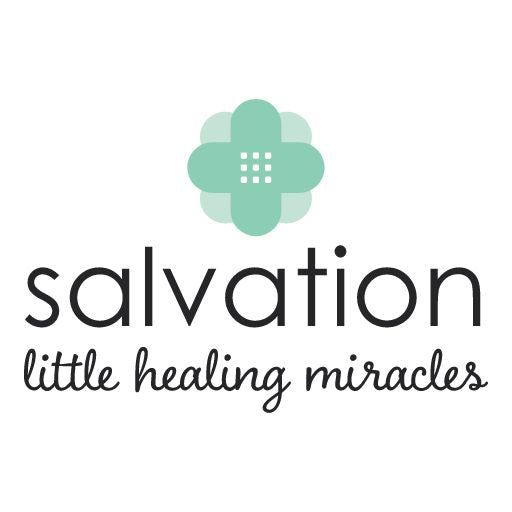Salvation little healing miracles
BREATHE skinfix balm
BREATHE skinfix balm
Regular price
R167.27ZAR
Regular price
Sale price
R167.27ZAR
Unit price
per
Couldn't load pickup availability
LET YOUR SKIN BREATHE!!
Experience the revitalizing effects of BREATHE skinfix balm, a powerful and balancing deep cleanser. Notice a renewed sense of harmony and a softer skin surface with every use.
PRODUCT HIGHLIGHTS:
- skin (pimples, acne, eczema)
- body (nasal congestion/snoring, antiseptic)
- baby (easier breathing, baby acne, eczema, nappy rash)
- heels (softening skin)
Directions: This product is intended for temporary relief only. If you have any medical conditions, please seek diagnosis and treatment from medical professionals. Our skinfix balm contains essential oils, so please discontinue use if you experience any sensitivity.
General
General
Discovery
Discovery
Studies
Studies
Main Findings
Main Findings
How To Use
How To Use
FAQS
FAQS
ingredients
ingredients
Main Ingredients (Functions and Attributes)
Main Ingredients (Functions and Attributes)
Added Ingredients (Functions and Attributes)
Added Ingredients (Functions and Attributes)
Product Info
Product Info
Product Info
Product Info
mustapha33
Tips
Tips
Tips
Tips
mustapha33






















